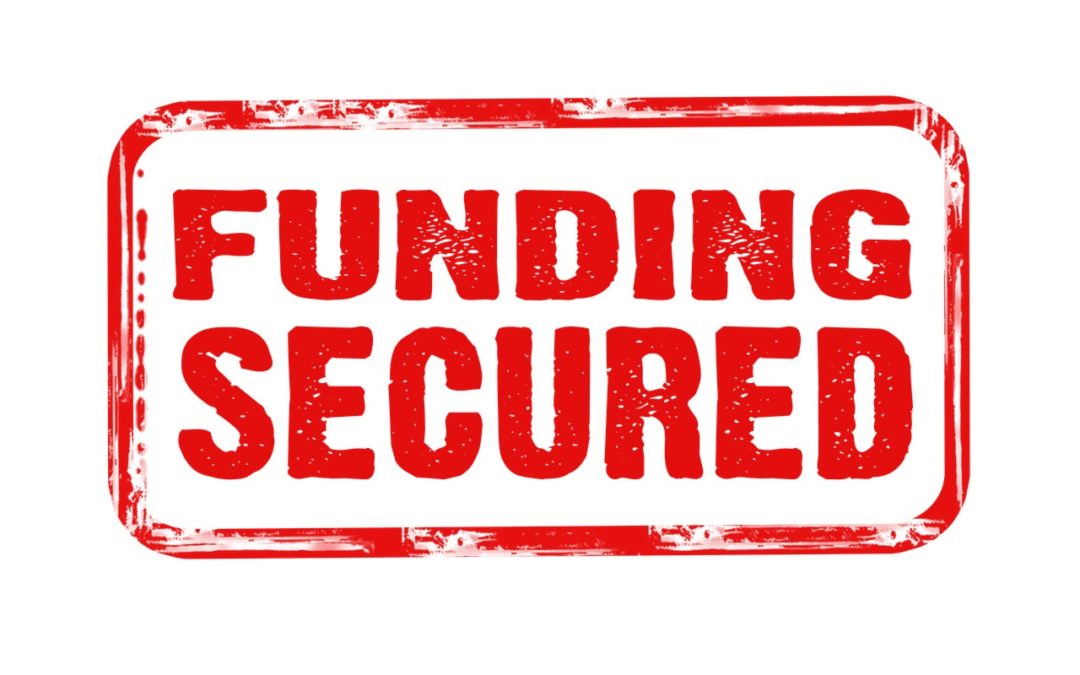Direct mail can be a valuable tool for fundraising when executed thoughtfully and in conjunction with other fundraising strategies. By incorporating these best practices, you can create compelling and effective direct mail campaigns that resonate with donors and drive contributions to your cause or organization.
1. Segment Your Donor List
Divide your donor list into segments based on factors such as giving history, demographics, and engagement level. Tailor your direct mail appeals to each segment, addressing their specific interests and motivations.
2 . Compelling Storytelling
Craft a compelling and emotionally resonant narrative that illustrates the impact of donations on your cause or organization. Use storytelling to create a personal connection between the donor and the beneficiaries of their support.
3. Personalization
Personalize each piece of direct mail, including the recipient’s name and relevant details about their past interactions or donations. Make donors feel valued and appreciated by acknowledging their previous support.
4. Clear and Visually Appealing Design
Invest in high-quality design and printing to ensure that your direct mail pieces stand out and convey a professional image. Use visuals, such as photos, infographics, and charts, to illustrate your message and the impact of donations.
5. Concise and Compelling Copy
Keep your messaging concise and focused on the most important points. Use persuasive language to clearly state the problem, your solution, and the donor’s role in making a difference.
6. Offer Multiple Giving Options
Provide donors with various giving options, such as one-time donations, monthly recurring donations, or the option to sponsor a specific project. Make it easy for donors to respond, whether by including a prepaid return envelope or clear instructions for online donations.
7. Urgency and Call to Action
Create a sense of urgency in your direct mail appeals by setting clear deadlines or highlighting a pressing need. Use a strong and compelling call to action that tells donors exactly what you want them to do.
8. Testimonials and Social Proof
Include testimonials from beneficiaries, volunteers, or other donors to build trust and credibility. Highlight any recognition or awards your organization has received as a form of social proof.
9. Follow Up with Personal Thank-You Letters
Send personalized thank-you letters promptly after receiving donations. Express gratitude and reiterate the impact of their support.
10. Integration with Digital Channels
Consider integrating your direct mail campaign with digital channels, such as email and social media. Use QR codes or personalized URLs (PURLs) to direct donors to online donation forms or additional content.
11. A/B Testing
Experiment with different elements of your direct mail campaigns, such as headlines, images, and offers. Use A/B testing to determine which variations are most effective in generating donations.
12. Track and Measure Results
Implement tracking mechanisms to monitor the success of your direct mail campaigns. Measure response rates, donation amounts, and return on investment (ROI) to assess campaign effectiveness.
13. Donor Retention
Focus on donor retention by engaging with donors beyond the initial donation. Communicate the impact of their contributions and keep them informed about your organization’s work.
14. Compliance with Regulations
Ensure that your direct mail campaigns comply with all relevant regulations, including those related to nonprofit fundraising and data privacy.
15. Donor Surveys
Include surveys in your direct mail pieces to gather feedback and gain insights into donor preferences and motivations.

